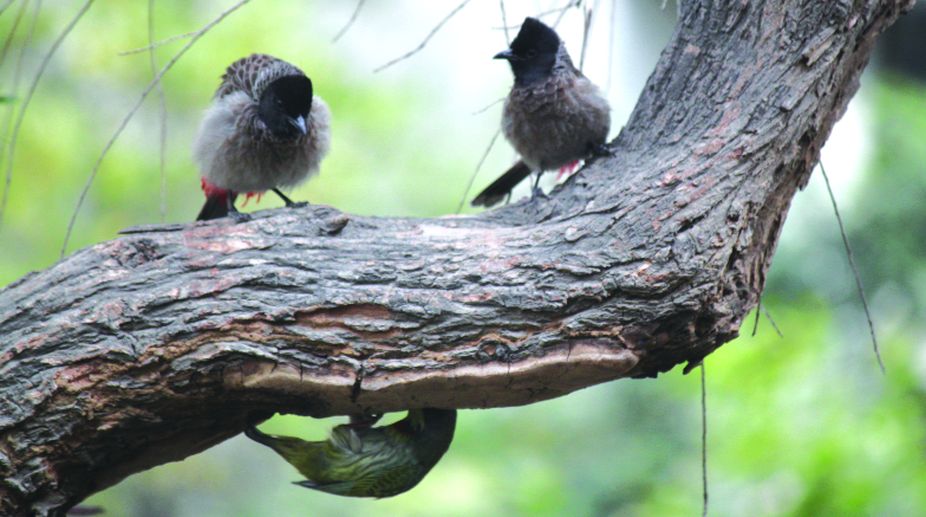It’s that time of the year when there is a lot of activity in the avian world. As February and March mark the end of winter sojourn for several migratory species that fly in from as far north as Siberia, the mornings are gradually filling with chirps of those birds that find Delhi winter too harsh to bear.
For bird watchers, these months are particularly busy. They watch the winter visitors take to the skies, offering a glorious sight and a photographer’s delight. Many bird species are accompanied by new members that were hatched and raised here. Led by the older birds, they embark on a perilous journey, whose charting has remained a mystery and a constant area of research. Strangely, many birds choose to fly at night and it’s an amazing sight to see them fly in formation ~ it’s a brief sight but an unforgettable one.
Advertisement
As if to compensate for these migratory birds leaving a void behind, several songbirds have begun returning. As dawn breaks earlier and the mornings get warmer, an orchestra is slowly beginning to evolve in Delhi trees. Though it will be a few more weeks before the musical scene is complete, one can already hear the Bulbul, Magpie, Robin and Sunbird. All through the day, the Coppersmith Barbet calls out while a mate carves out a hollow nest in a nearby tree. They will soon be joined by the Koel, Kingfisher, Rufous Treepie, Bee-eaters and, hopefully, sparrows.
Few realise that Delhi is a birdwatcher’s paradise. Apart from the migratory birds that visit the Capital in winter and summer, there are several resident species. Already, with depleting water bodies and systematic chopping down of trees, the avian population is sorely affected. One can only hope the city developers keep this in mind and spare some space for them. A concrete jungle will only lead to empty skies.











